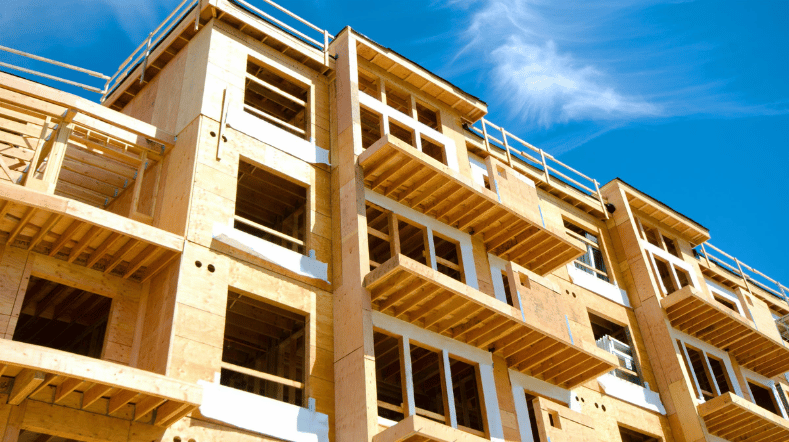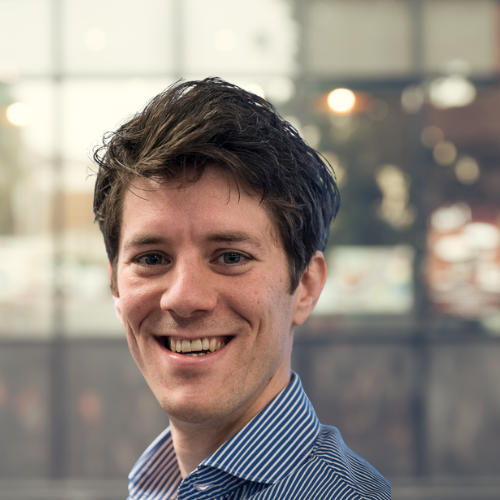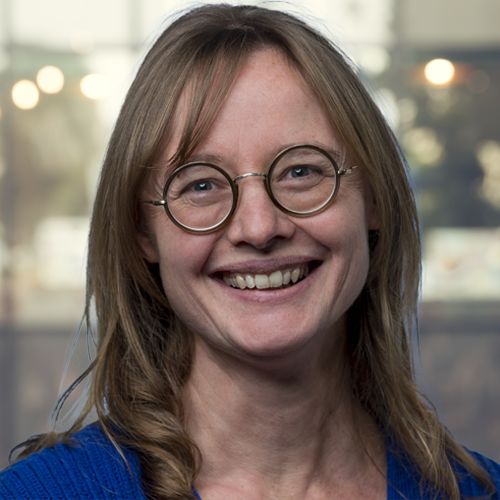
Building Innovation Lab
The TNO Building Innovation Lab is a state-of-the-art laboratory where we conduct applied research on innovations in building materials, climate systems, and structures. On 6 October 2021, we opened this brand-new Building Innovation Lab in Delft. Read the most frequently asked questions about our lab here.
What kind of research takes place at the Building Innovation Lab?
We provide our clients with better knowledge of climate systems, materials, and structures through testing and research. This allows them to optimally maintain existing buildings, infrastructure, and maritime and mechanical structures or to innovate products and services.
This involves application-oriented experimental research with which we support companies in concept and product development. The activities are aimed at research and innovation, for example, to visualise constructive behaviour and performance, but also to develop, feed, and validate models.
On what areas does research in the lab focus?
The Building Innovation Lab is broadly active in 7 research areas:
1. Road construction: here we research the long-term behaviour of the road, as well as the performance and properties of structures or building materials.
2. Indoor climate: here we work on innovative solutions that provide a healthy, comfortable, and sustainable working and living environment.
3. Heat pumps and ventilation systems with heat recovery: here we develop and test innovative solutions for sustainable and energy-efficient installation technology in the Heat Pump Application Centre.
4. Damage investigation: here we provide insight into structural damage (mainly in the civil and maritime domains) with independent investigation of the cause and advice for repair. We use the knowledge gained proactively to prevent similar incidents in the future.
5. Building materials: here we test and age materials at an accelerated pace to assess their (long-term) performance and to investigate whether the intended innovations work in practice.
6. Structures: here we study the behaviour of maritime, civil, and mechanical structures (including steel, concrete, wood, and composites) under static and dynamic loads to accurately predict service life and identify damage mechanisms.
7. Maritime: here we study the possibilities and effects of developments in the field of maritime energy transition, but we also conduct research for development and validation for regulations and safety measures.
What facilities does the lab have?
The laboratory has several fixed testing set-ups. It is also possible to build or adapt set-ups for specific purposes.
It is possible to carry out static strength tests and compressive strength tests. Several test benches are available in the lab to perform fatigue tests:
- 3 MTS test benches with a test capacity of up to 100 tonnes, 35 tonnes, and 25 tonnes
- 1 Schenck test bench with a capacity of 25 tonnes
- 2 Toni Technik test benches with a capacity of 40 tonnes and 500 tonnes, respectively
- 2 Zwick test benches with a capacity of 25 tonnes and 0.25 tonnes
- 2 Instron test benches with a capacity of 1 tonne and 2.5 tonnes
A bolted joint testing set-up has been developed specifically for offshore wind and infrastructure applications. In this set-up, a bolted joint of up to 50 tonnes can be statically or dynamically tested.
To understand the impact of climate and the environment on people and structures, we have different types of climate chambers, including CO2 chambers, building material cabinets, a QUV for testing weather conditions, and various ovens.
The Heat Pump Application Centre has 2 duo-climate chambers. Here, you can connect real, physical climate systems such as heat pumps and ventilation systems with heat recovery to a computer system according to the hardware-in-the-loop principle.
With this, we test the devices under simulated ‘real-world conditions’, in which we can also include things like insulation, ventilation, and occupant behaviour. We can also simulate extreme weather conditions and measure noise production.
In addition to the testing set-ups, the laboratories also have a broad range of equipment for taking measurements. We use various types of sensors, including strain gauges, acoustic emission, ultrasonic, optical etc.
In addition to sensors, the labs have high-end data acquisition systems to log the measurements. In this way, field set-ups and structures such as bridges, underpasses and overpasses, and high-rise buildings can be equipped with measurement systems for inspection and monitoring.
In addition to mechanical testing set-ups, we also have a chemical lab. A variety of equipment is available here, including a microwave oven, a Latroscan, Fourier-Transform Infrared Spectroscopy (FT-IR), Dynamic Shear Rheometers (DSR), Inductively Coupled Plasma (ICP), etc.
For dynamic testing in particular, shock and shaker set-ups are available. We deploy these types of set-ups in studies of earthquake effects in built-up areas and the effects of shock and/or vibration on specific mechanical components and structures.
If a specific set-up is required because the needs differ from the standard, there is always the possibility of building a set-up with Meccano frames and jacks. Because of the weighted floor in the lab, we can apply high loads and, therefore, test large samples.
What are the quality standards at the Building Innovation Lab?
At the Building Innovation Lab, we conduct experimental research at the highest level. The Building Innovation Lab falls under TNO’s ISO 9001 certification. In addition, the Building Innovation Lab has an ISO/IEC 17025 accreditation with registration number L115 for a number of activities regarding stony materials, road building materials, and heat pumps and heat recovery systems. The current scope of L115 can be found on the website of the Council for Accreditation.
How can I use the Building Innovation Lab?
Do you have products you would like to have studied, or would you like to work with us to develop new innovations? That is possible. Please contact Tim Dijkmans. He will be happy to help you.
Who are the clients for research in the Building Innovation Lab?
Clients for research in this laboratory are active in residential and industrial construction, infrastructure, and in the civil and maritime sectors in the Dutch and international markets.
How does the Building Innovation Lab contribute to our daily lives?
Would you like to know what social developments we are contributing to with the Building Innovation Lab? The video below gives you an inside look at this extraordinary building.
Get inspired
Industrial and conceptual construction


Reliable Structures


Building materials


Building Materials and Structures


Western North Brabant becomes hotspot for biobased building blocks for the construction industry









